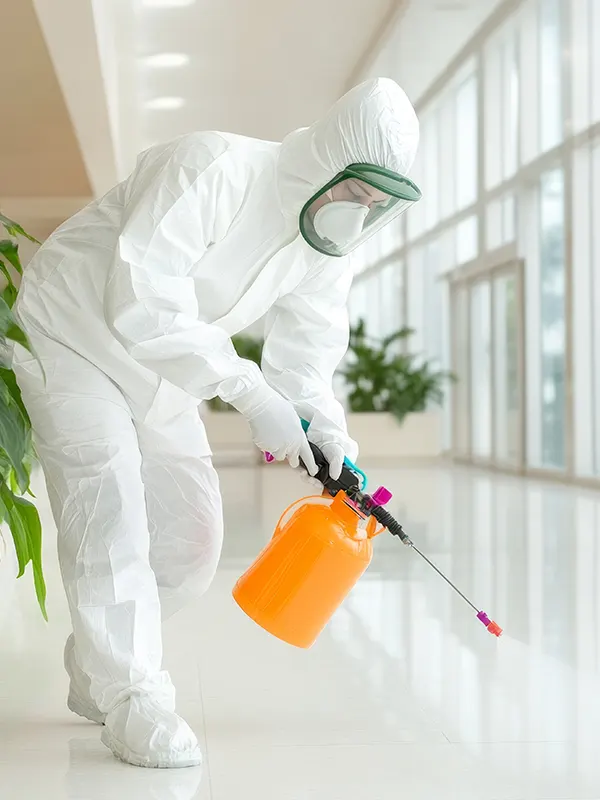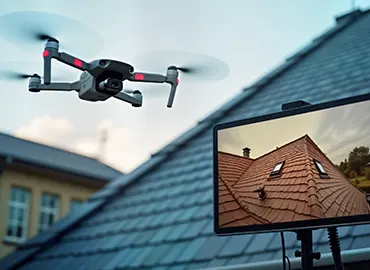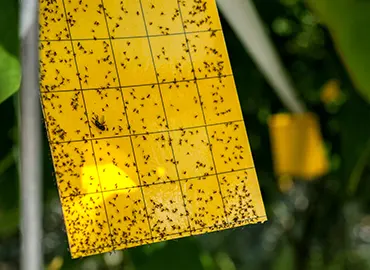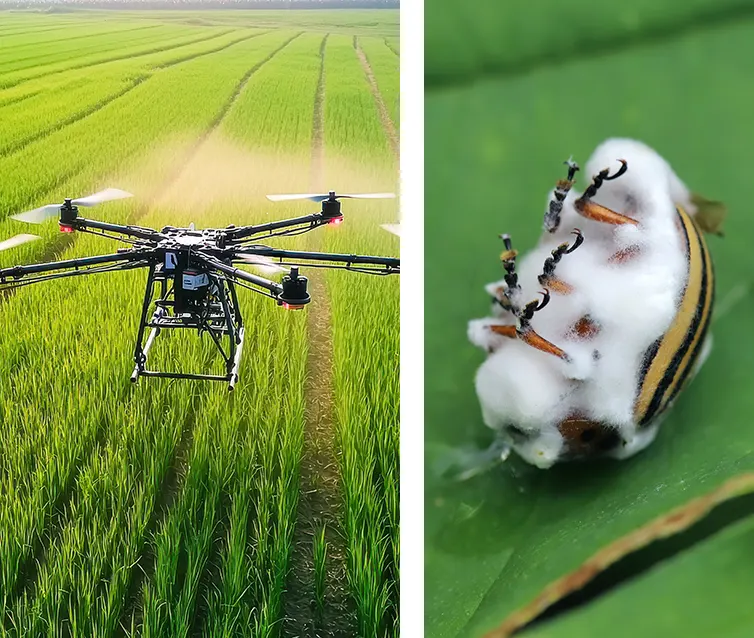Insect extermination regulations and standards
The regulatory framework governing insect extermination is designed to protect public health and the environment. Current standards impose restrictions on the use of certain pesticides, and encourage the adoption of more sustainable pest control practices.

Identifying common household insect
Accurate recognition of invasive species is the first step to successful extermination in your habitat.

Inspection techniques and early detection of infestations
Regular, thorough home inspections can identify signs of infestation before they get out of hand.

Targeted extermination methods for each type of insect
Ant extermination uses specific baits, while termite eradication often involves soil treatments.

Long-term prevention
and control of insect infestations
Opt for preventive landscaping, eliminating food and moisture sources and sealing entry points.

Ecological and sustainable solutions for insect extermination
The use of natural predators, physical barriers and plant-based repellents offers effective alternatives to chemical pesticides.

The importance of professional extermination
The use of extermination experts guarantees complete and lasting elimination of pests. These professionals have the knowledge, equipment and specialized products needed to effectively treat complex infestations, while minimizing health and environmental risks.
Certified exterminators carry out a thorough assessment of the situation, draw up a personalized action plan and ensure rigorous post-treatment follow-up. Their expertise enables them to identify species accurately and apply the most appropriate methods, avoiding the costly mistakes of inappropriate treatment.
Technological innovations in
insect control
The field of extermination benefits from technological advances. From intelligent monitoring systems to sophisticated pheromone traps, these innovations improve early detection and treatment efficiency against insect pests.

Thermal detection
of infestations
Innovative thermal imaging cameras can precisely locate termite nests and ant colonies hidden in structures, facilitating targeted, less invasive intervention.

Drones for roof
inspection
The use of drones equipped with high-resolution cameras is revolutionizing the inspection of roofs and hard-to-reach areas, making it possible to pinpoint potential entry points for flying insects such as wasps.

Connected traps and data analysis
Smart traps collect data on insect activity, enabling predictive analysis of infestations and proactive treatment planning for greater long-term effectiveness.
Insect extermination regulations and standards
The regulatory framework governing insect extermination is designed to protect public health and the environment. Current standards impose restrictions on the use of certain pesticides, and encourage the adoption of more sustainable pest control practices.
Environmental and health impact
of extermination methods
The use of chemical pesticides raises environmental and health concerns. Modern extermination methods aim to reduce these negative impacts by favoring targeted approaches and low-toxicity products. Integrated pest management combines various techniques to minimize the use of harmful substances while maintaining effective control of insect populations.
Professional certifications required
Exterminators must obtain specific certifications to handle chemicals and apply treatments. These qualifications guarantee their expertise and compliance with safety protocols.
- Mandatory further training
- Updating knowledge
- Mastering new techniques
- Compliance with evolving standards
Product
regulations
Legislation strictly regulates the substances authorized for insect extermination, favoring formulations with low environmental impact and alternative methods to traditional pesticides.
- Product certification
- Dosage control
- Restrictions on use
- Green alternatives
Standardized intervention protocols
Highly effective standardized procedures govern insect extermination operations, ensuring reliable treatment while minimizing risks to occupants and the environment.
- Mandatory pre-evaluation
- Documented action plan
- Strict safety measures
- Mandatory post-treatment follow-up
Future prospects for insect pest control
The future of insect extermination is moving towards more integrated and ecological approaches. Research focuses on the development of biopesticides specific to target species, thus reducing the impact on ecosystems. Genetic modification technologies for insect population control are also attracting growing interest, although their application remains controversial.
Artificial intelligence will play a major role in predicting and managing infestations. Sophisticated predictive models, fed by environmental and behavioral data, will enable us to anticipate insect proliferation and optimize prevention and intervention strategies.
